Fighting Polio: Vaccines’ New Secret Weapons!
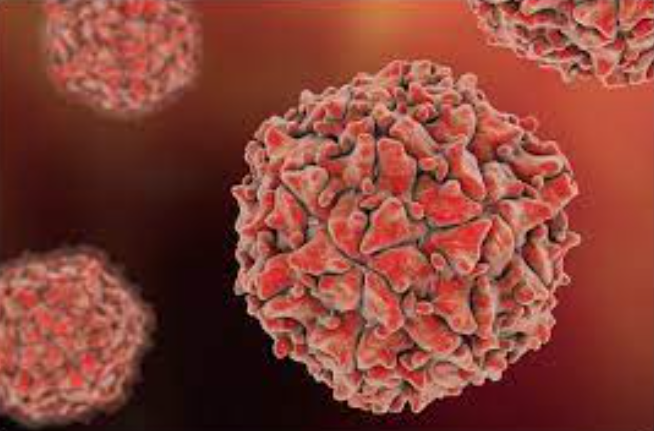
Hey what’s up! Today we are going to talk about the battle against polio and how we are building a new arsenal of vaccines to end this problem once and for all. Despite some super-successful vaccination campaigns around the world, the poliovirus is still out there, threatening to cause neurological damage and paralysis to those not protected by the vaccine. Although it has been largely eliminated As the original strains of polio, known as “wild” strains, now face a new challenge. It turns out that oral polio vaccines, the most widely used in developing countries, can generate new strains that become active and cause outbreaks, even in places where polio was thought to have been eradicated. Wow!
But don’t worry, because scientists are on it, a team of geniuses from the University of California San Francisco (UCSF) and the UK’s National Institute for Biological Standards and Control (NIBSC) have developed two new oral vaccines against polio, known as nOPV, to help end this disease once and for all. And the most exciting thing is that these are the first new polio vaccines in 50 years! The new vaccines, like their predecessor, are made from weakened poliovirus that has been genetically modified to prevent it from turning back into a dangerous form of the virus.


These scientists have applied all the lessons learned in the fight against polio over the years to design these new vaccines, and they are confident that they will help us eliminate this annoying disease once and for all. It’s time to put an end to this battle! Polio is a cunning disease, often showing no symptoms, but it can cause severe disability, paralysis and even death in one in a hundred children. It spreads via fecal or oral particles, making it an especially big problem in areas where sanitation is poor.
The first polio vaccines were a breakthrough in the 1950s, massive campaigns were launched to vaccinate everyone, especially children. Inactivated polio vaccine (IPV) was given by injection, while oral polio vaccine (OPV) came in the form of sugar or even candy. Currently, IPV is preferred in countries with good health care systems, while OPV, cheaper and easier to administer, is used in other cases.
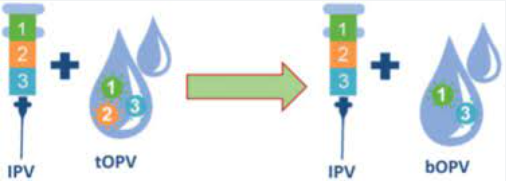
In populations where all children are vaccinated, it does not matter whether they receive IPV or OPV, since both vaccines offer protection; people vaccinated with IPV can still become infected with circulating polio, although they will not get sick. The dangerous thing is that they can silently transmit the virus to those who have not been vaccinated. On the other hand, people vaccinated with OPV cannot transmit the circulating virus, but they can shed the weakened virus with which they were inoculated and infect those who have not been vaccinated, if the weakened virus mutates, it could become dangerous again. In places where children are unvaccinated, whether due to refusal to vaccinate, natural disasters or conflict, vaccine-derived polio can spread and cause serious illness in the most vulnerable.
That’s why the team of scientists has gone one step further, taking the solution they created for nOPV2, the three mutations that prevent the vaccine from becoming dangerous over time, and applying it to the other two OPV types. The resulting new vaccines, nOPV1 and nOPV3, have been shown to be effective in preventing polio in animal models. All three of these vaccines are much safer than the original OPVs, which in rare cases can cause paralysis in those who receive them (but this is very rare, like finding a needle in a haystack).

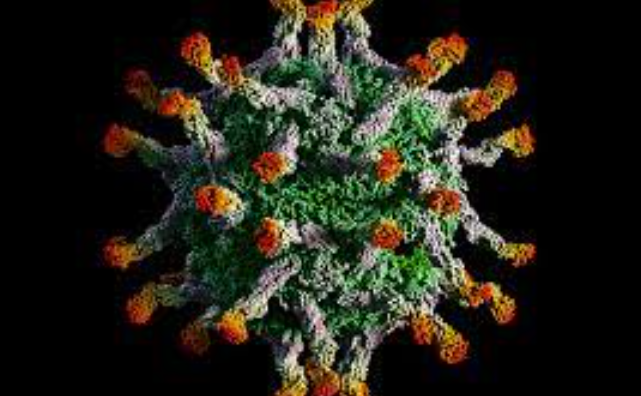
Clinical trials are currently underway to make sure the new vaccines are effective and do not revert to dangerous forms in humans. The hope is that they will be combined with nOPV2 in future bivalent or trivalent vaccines, so that the children of the future will be protected from polio for life, and we may live decades without detecting a single case of polio. Let’s not fool ourselves into thinking that polio has completely disappeared, 500,000 babies are born every week in India alone, a huge number of vulnerable people. But now we have what we need to protect them and move forward in the fight against polio.
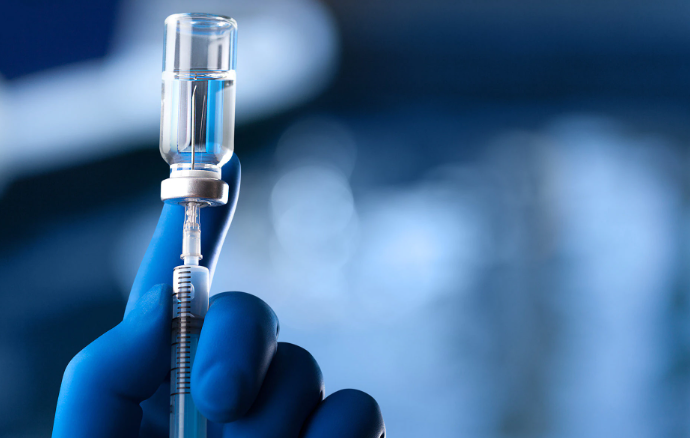
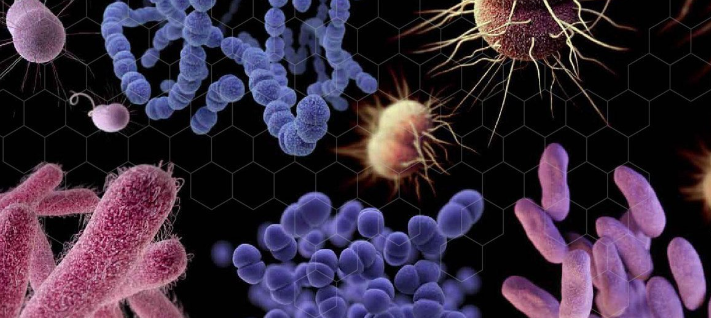
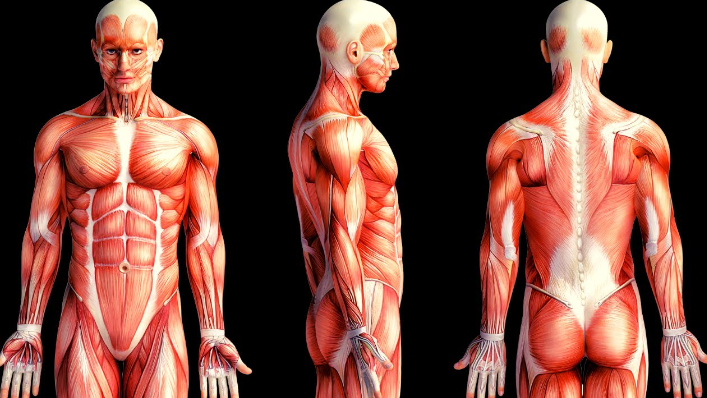

Responses